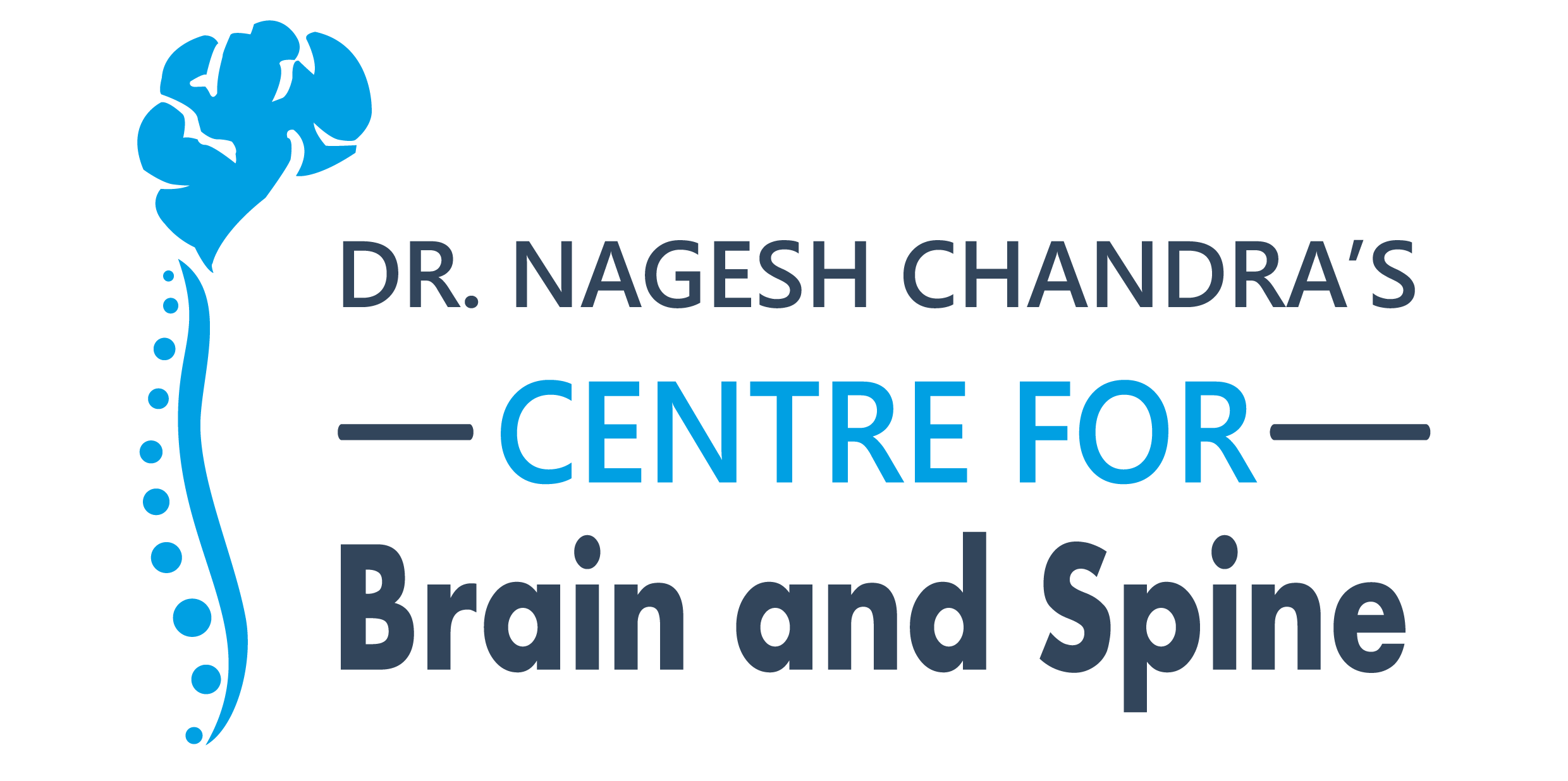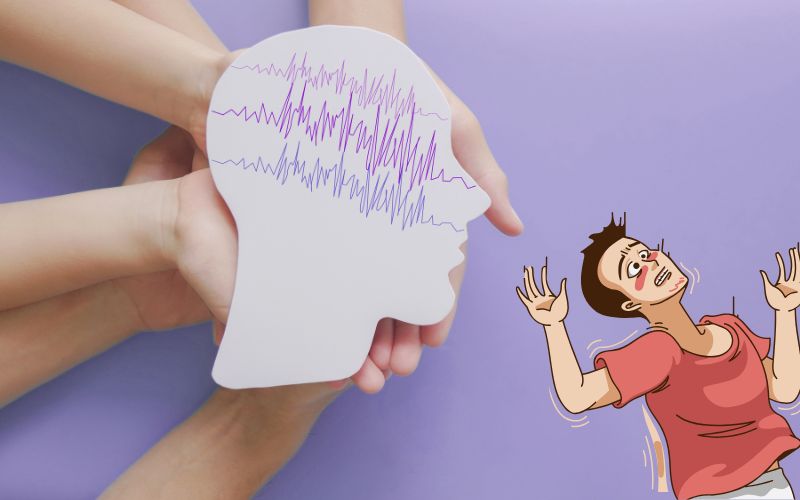An abnormal electrical activity between the brain cells or neurons that causes a change in behaviour, muscle tone, movements, feelings or consciousness. All seizure disorders are not alike; some might experience this due to heavy meditation, while a series of seizures is called epilepsy.
What seizure means?
A seizure is a sudden, abnormal electrical activity in the brain or nerves that happens quickly or periodically. It can change movements and feelings and lead to unconsciousness and convulsions due to body shivering.
Some people might not notice seizures, while some seizures happen periodically. According to research, less than 1 in 10 people who have a seizure suffer from a periodic seizure that is known as epilepsy.
Symptoms of seizure
Seizure attacks vary from person to person, ranging from mild to severe. A seizure attack can show different symptoms like:
- Uncontrolled jerking, twitching, or muscle stiffness.
- Some people may experience visual disturbances, sudden blackouts or appear spaced out.
- Sweating, anxiety or panic attacks, and heart palpitations.
- Loss of consciousness, fatigue and nausea.
Cause of seizure
The various conditions and events that are causes of seizure are as follows:
- Stroke
- Cancer tumours
- Brain tumours
- Head Injuries
- Electrolyte imbalance
- Extreme low blood sugar
- Hormonal Changes
- Consumption of narcotics such as cocaine
- Brain infections or conditions like meningitis
- Overdose or closing the dose of heavy medications like benzodiazepines or alcohol
- Repetitions from flashing lights and sounds, for instance, in video games.

Types of seizure
There are two types of seizure classification: Focal Seizures and Generalised Seizures.
- Focal Seizures or Partial Seizures
The type of seizure that arises in one part or area of a brain is known as Focal or partial. It might spread to other brain parts, and the symptoms may range from mild to severe.
Initially, the person feels a change in feelings and emotions or twitching and tingling effects, the primary symptoms commonly known as aura. As the seizure grows and spreads to other parts of the brain or body, the symptoms increase, and the person might experience shivering, loss of consciousness, etc.
Focal seizures can be classified into two categories.
- Focal Unaware Seizures or Complex Partial Seizures are caused by altered awareness. This leads to repetitive motions, like lip-smacking, hand gestures, etc.
- Focal Aware Seizure or Simple Partial Seizure occurs when electrical activity occurs in one particular area of the brain. In this situation, the person is aware of their condition but might experience abnormal movements or sensations.
- Generalised onset Seizures
The type of seizure that affects both sides of the brain simultaneously, which is followed by loss of consciousness is known as Generalised Onset Seizures. It is basically a nervous discharge throughout the cortex of the brain.
Generalised Seizures can be genetic. However no two family members suffer from the same condition.
The generalised onset seizures are of the following types:
- Tonic Seizures usually occur in the back, legs, and arms and often cause a person to fall or feel dizzy. The person might experience stiffening of muscles; usually, a person is unaware of this during this seizure.
- Myoclonic Seizures occur when you experience sudden body or limb jerks in the arms, head and neck. Myoclonic seizures are usually experienced in the morning and appear in clusters.
- Tonic-clonic seizures, commonly known as grand mal are the most intense and severe type of seizures. This occurs in two phases that involve: a tonic phase followed by muscle stiffness and a clonic phase caused by rhythmic jerking. The symptoms include loss of consciousness and confusion.
- Atonic Seizures, also known as drop attacks, usually occur due to brain injuries or past trauma. This results in a lack of muscle tone, which causes limp muscles and twitching effects. These attacks increases the risk of fall or injury.
- Tonic Seizures: A person is unaware of this type of seizure attack, which results in muscle stiffness in the back, legs, arms, and neck.
Seizure VS Epilepsy
Seizures and epilepsy are two different conditions that cause disruptions in the functioning of the nervous system. The seizure and epilepsy difference is in their causes and symptoms.
An abnormal and uncontrolled electrical activity in the brain or the nerves that causes change in movements, feelings, muscle tone, behaviour, consciousness, etc. This abnormal activity is often termed provoked seizures and usually occurs because of low blood sugar levels, medications, alcohol overconsumption or withdrawal or high fever and infection.
Epilepsy is often termed as unproved seizures, because the cause of the seizure is unclear. If a person is suffering from repetitive and chronic seizures or more than two unprovoked seizures, the condition is known as epilepsy. It is generally genetic but can be caused due to developmental disorders like autism and hormonal changes.
Stages of a Seizure
The four stages or phases of a seizure are as follows:
- Prodrome Phase: This is the first stage of seizure, during which a person might experience symptoms like mood swings, behavioural changes, and loss of sleep.
- Aura Phase: In the second stage, a person might feel more mild symptoms like feeling lightheaded, dizziness, nausea, anxiety or fear.
- Ictal Phase: This is the stage when the actual seizure starts. A person will feel symptoms like muscle stiffness, blackouts or loss of consciousness.
- Postictal Phase: Once the seizures end, a person might feel stressed, confused, numb and exhausted, which is followed by loss of sleep.
When to see a Doctor
Usually seizures do not require prompt medical attention; however, if the frequency and severity are higher than normal one must see a doctor to know the cause.
You can visit a doctor in the following conditions:
- When you experience these attacks in the water.
- When a person is experiencing seizure attacks during cardiovascular disease, diabetes, or pregnancy.
- The frequency of seizures lasts more than 5 minutes.
- A series of seizures takes place.
Seizure Treatment in Delhi | Can seizure be cured?
Many people wonder, if can seizure be cured because usually the cause is unknown. However, there are seizure treatment options available that help to treat seizures.
Some of them are as follows:
- Taking anti-seizure medicines like Benzodiazepine, Carbamazepine, Diazepam etc, are prescribed by neurologists which help in decreasing the frequency of the seizure and helps in preventing seizures.
- If the problem occurs periodically from a specific location in a brain, then neurosurgeons perform an invasive procedure to remove that particular part of the brain or nerve to stop the seizure. This is generally rare and is carried if the person is experiencing severe symptoms.
- If seizures are occurring because of some disease, like diabetes, stroke or hypertension, then medications are given to control the causes of these disorders because seizure can be one of symptoms.
- An artificial implant is placed in the brain that delivers mild current that interferes with the natural electrical current produced during seizure and stops abnormal activity. This process is called Brain Stimulation, and there are various types of brain stimulation available; the most common is Vagus Nerve Stimulation.
Seizures are usually painless, but a person experiencing this might go through unpleasant experiences and feelings. So, if you or your loved ones are experiencing chronic seizures that might lead to epilepsy, consultation with a neurologist is required. Centre for Brain and Spine has highly skilled and experienced neurologists and neurosurgeon in Delhi who can help you recognise the cause and symptoms of seizures and recommend treatment techniques.

